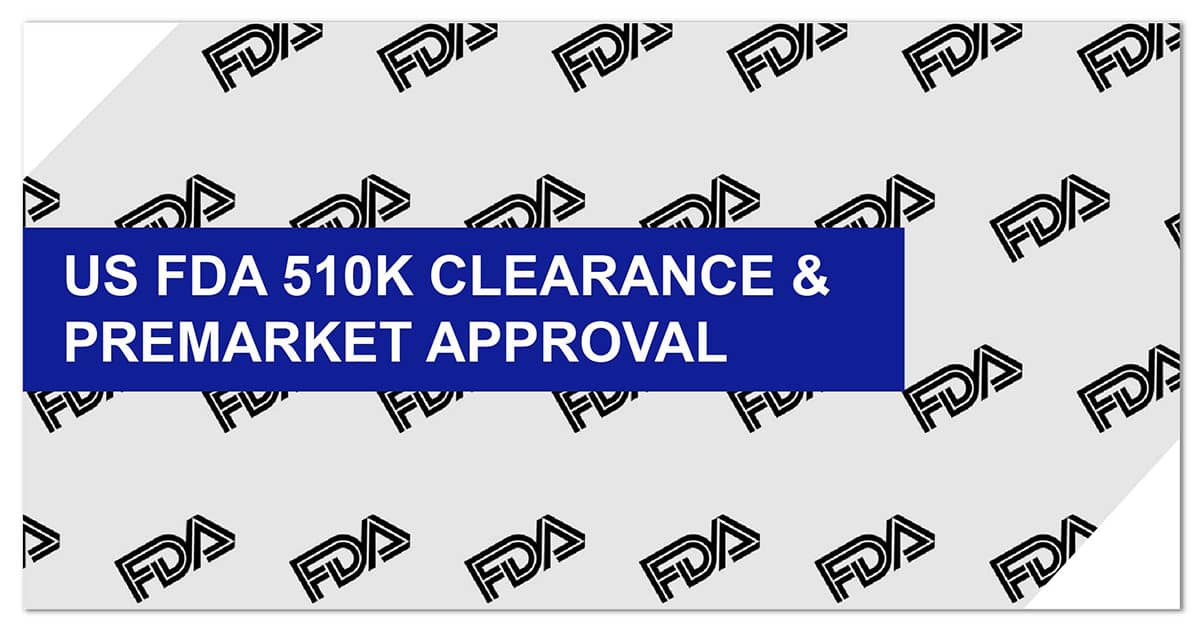FDA 510(k) Clearance Consulting in Costa Rica
What is FDA 510(k) Clearance and Why is it Important?
FDA 510(k) clearance is a vital regulatory requirement for medical device manufacturers looking to access the U.S. market. It involves proving that a new device is substantially equivalent to an existing, FDA-cleared product in terms of safety, performance, and intended use. This process helps ensure that medical devices meet the rigorous standards set by the FDA. Operon Strategist supports medical device companies in Costa Rica with specialized FDA 510(k) clearance consulting services. Our experienced team offers end-to-end assistance from submission preparation and regulatory strategy to direct communication with the FDA, helping businesses streamline their market entry, minimize approval delays, and maintain full regulatory compliance.
How to Obtain FDA 510(k) Clearance for Medical Devices: A Complete Guide?
FDA 510(k) Clearance is a mandatory premarket submission process for most Class II medical devices. It allows manufacturers to demonstrate that their product is substantially equivalent to a legally marketed predicate device. This regulatory pathway plays a crucial role in ensuring efficient entry into the competitive U.S. medical device market.
For a successful FDA 510(k) submission, detailed evidence must be provided to show that the device performs comparably to an existing FDA-approved device. Consulting services ensure that all submission requirements are met, increasing the likelihood of a smooth approval process.
Step-by-Step FDA 510(k) Clearance Process
Navigating the FDA 510(k) Clearance process can be complex. Operon Strategist simplifies each step to ensure a seamless experience:
Step 1: Device Classification and Predicate Identification
- Classification of the medical device is conducted according to FDA regulations.
- A suitable predicate device is identified to establish substantial equivalence.
Step 2: Documentation and Testing
- Necessary performance and compliance data are gathered.
- Testing documentation is reviewed to align with FDA expectations.
Step 3: Submission Preparation and Review
- A meticulous FDA 510(k) submission is drafted with accuracy and completeness.
- A thorough review is conducted to minimize errors and delays.
Step 4: Submission and FDA Communication
- The 510(k) application is submitted, and all correspondence with the FDA is managed.
- Any requests for additional information are promptly addressed to prevent delays.
Step 5: FDA Clearance and Post-Market Support
- Once FDA 510(k) Clearance is granted, ongoing regulatory support is provided.
- Assistance is available for compliance with FDA audits, post-market surveillance, and regulatory updates
FDA 510(k) Medical Device Classification
Medical devices are classified based on intended use and associated risk. Understanding the correct classification is essential for a successful FDA 510(k) Clearance submission:
Class | Type of Risk | Examples |
Class 1 | Low risk (General control) | Hospital furniture, Bandages |
Class 2 | Moderate risk | Catheters, surgical gloves |
Class 3 | High risk | Pacemakers, defibrillators |
Class 1 devices have fewer regulatory requirements, while Class 2 devices typically require FDA 510(k) Clearance. High-risk Class 3 devices may need Premarket Approval (PMA) instead. Consulting support helps determine the appropriate regulatory pathway for each medical device.
How Operon Strategist Supports FDA 510(k) Clearance?
With over a decade of regulatory consulting experience, Operon Strategist helps medical device manufacturers in Costa Rica efficiently navigate the FDA 510(k) clearance process. Our expert team ensures your device meets FDA’s safety, effectiveness, and substantial equivalence requirements for U.S. market entry.
Our FDA 510(k) Consulting Services:
Predicate Device Selection
FDA Submission & Communication Management
Post-Clearance Compliance Assistance
Additional Services for Costa Rica:
Operon Strategist also offers medical device registration, CE Marking, ISO 13485 consulting, cleanroom design, MDSAP support, Turnkey Project and validation documentation services for Costa Rican manufacturers aiming for global market access.
Trusted by medical device companies worldwide, Operon Strategist ensures your regulatory pathway is well-planned, efficient, and fully aligned with international standards.
FAQ's
What is the difference between FDA 510(k) clearance and FDA approval?
510(k) clearance is for Class II medical devices showing they’re substantially equivalent to an existing device. FDA approval is a stricter process for high-risk Class III devices, requiring clinical evidence of safety and effectiveness.
What is the difference between FDA and FDA 510(k)?
The FDA (U.S. Food and Drug Administration) is the regulatory authority overseeing the safety and effectiveness of medical devices, drugs, and food products in the U.S. FDA 510(k) is a specific regulatory submission pathway for gaining clearance to market certain medical devices, proving they are similar to existing approved devices.
What is FDA 510(k) certification?
Technically, there’s no such thing as an FDA 510(k) certification. Devices receive a 510(k) clearance letter from the FDA upon successful review of their submission, not a certification. Some manufacturers refer to clearance as certification informally, but the official term is 510(k) clearance.
What documents are needed For FDA 510k?
Device description, labeling, performance data, and predicate comparison.
What is the difference between FDA 510(k) and CE?
The FDA 510(k) is a U.S. premarket clearance process to show substantial equivalence of a medical device to one already legally marketed in the U.S. CE marking is the European conformity mark indicating that a medical device complies with EU safety, health, and environmental requirements under the MDR (Medical Device Regulation). They differ in scope, authority, and regulatory frameworks.

